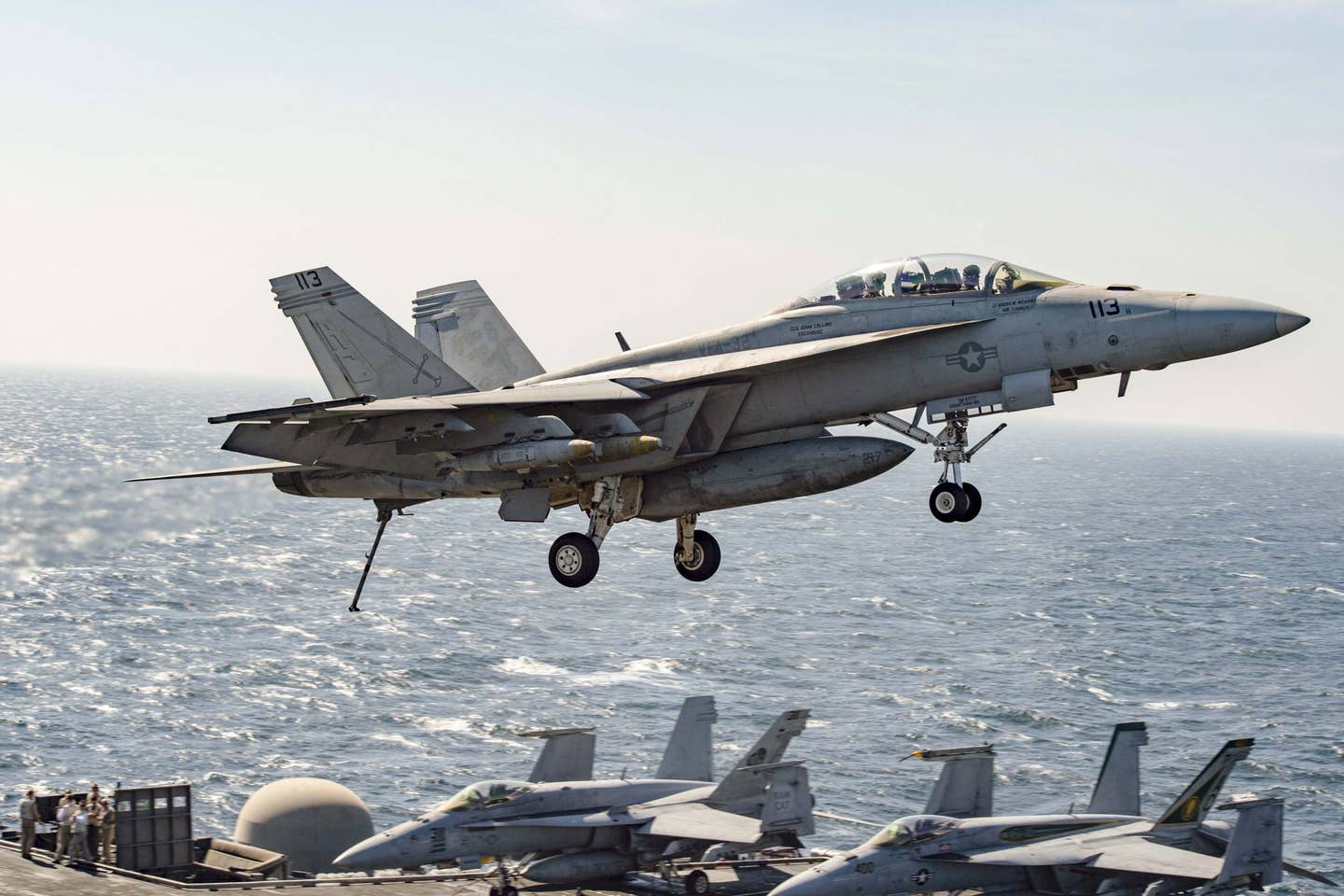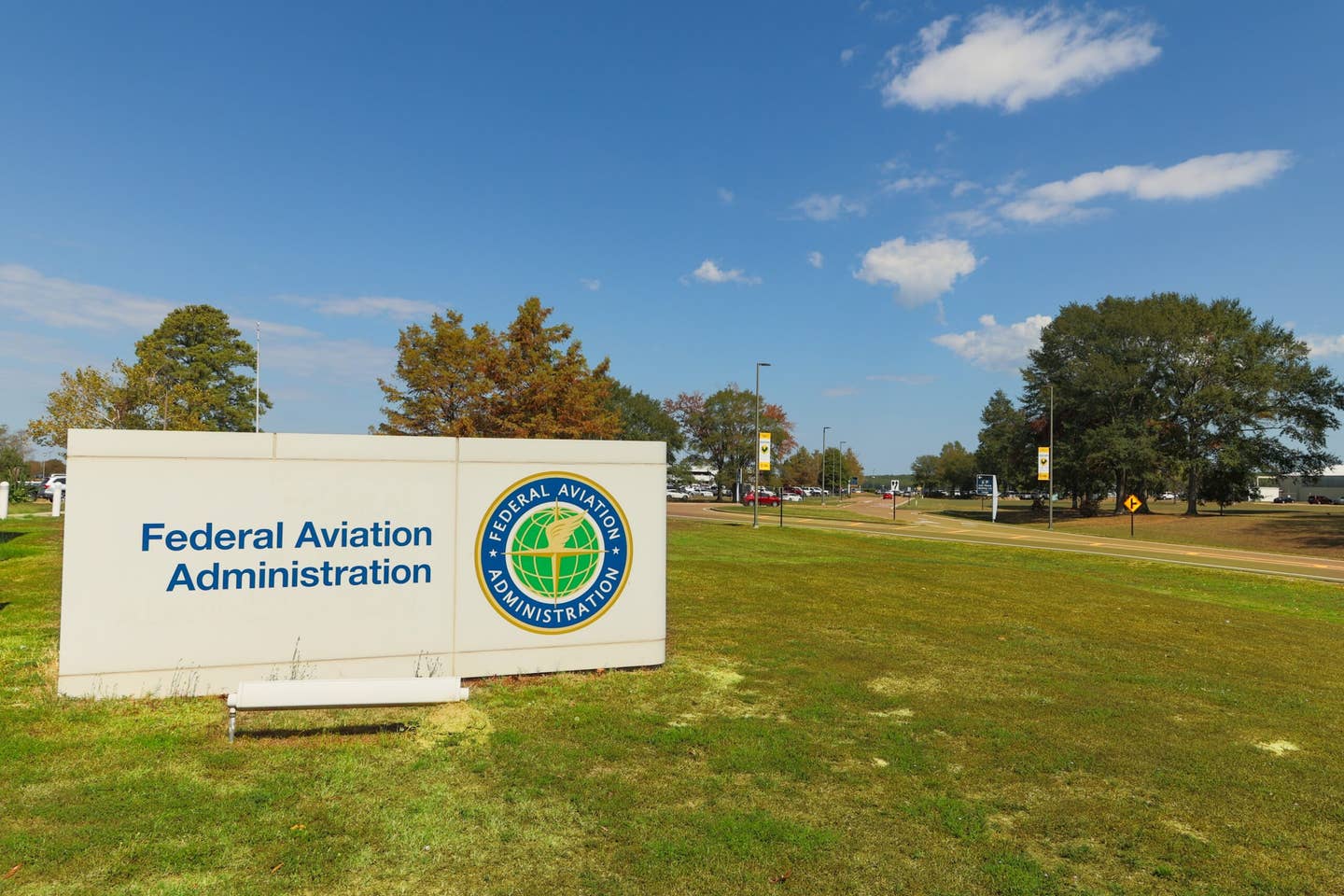
An F/A-18F Super Hornet flies over the flight deck of the aircraft carrier USS Dwight D. Eisenhower. USS Dwight D. Eisenhower
Naval flight mishaps are on the rise, more than double what they were two years ago, according to the Naval Safety Center (NSC).
So far this year, there have been a dozen Class-A flight mishaps of crewed aircraft, up from five reported in fiscal 2019, according to the most recent batch of NSC data. In that same time period, Class-A aviation mishaps have risen to 16 in FY2021, up from eight in fiscal 2019.
Class-A mishaps are defined as one resulting in at least $2.5 million in property damage and/or an aircraft is destroyed, and/or the incident results in a fatality or permanent total disability.
Aviation mishaps include:
-
Flight mishaps (FM): when there is damage to an aircraft after takeoff power is applied and intent for flight exists, such as a mid-air collision or a bird strike.
-
Flight related mishaps (FRM): when an injury occurs or there is damage to commercial or government property, but the aircraft itself is not damaged, such as if rotor wash damages a ground vehicle or injures an individual, or someone falls out of an aircraft in flight.
-
Aviation ground mishap (AGM): when there is no intent for flight and an aircraft is damaged or an individual is injured as the result of an interaction with the aircraft. Examples of AGM would be a maintainer using the wrong tool and breaking a component on the aircraft, or a pilot falling and breaking an ankle while preflighting an aircraft.
“Although Class-A mishaps have increased between 2019 [and] 21, the mishap rate has remained relatively stable compared to the 10-year average,” Jeff Jones, NSC safety promotions deputy director, told FLYING.
“Additionally, with the cost of aircraft and aircraft components dramatically increasing, we are seeing more Class-A mishaps that would have been Class Bs or even Class Cs in past years,” he added. “In four of the 12 FY21 Class-A mishaps, the aircraft recovered safely with only engine damage, and three of the Class-A mishaps were caused by bird strikes.”
A rundown of the Class-A mishaps in fiscal 2021, according to National Safety Center:
“The Naval Safety Center is always looking at mishaps to see if there are ways to help save lives and preserve readiness,” Jones said. “Once investigations are complete, we work with multiple agencies across the Navy and Marine Corps to assist them in taking corrective actions to prevent future mishaps.
“These corrective actions sometimes involve changes to operating instructions, checklists, and policy.”

Sign-up for newsletters & special offers!
Get the latest FLYING stories & special offers delivered directly to your inbox






